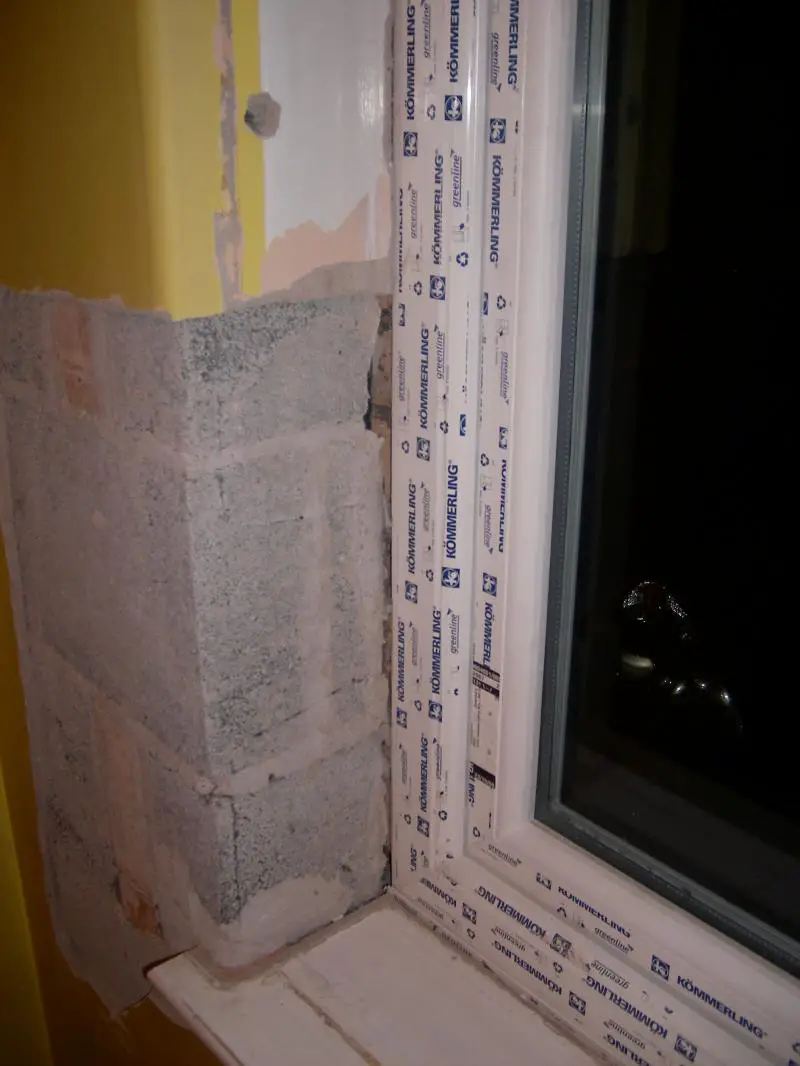Hello all and a Happy New Year.
I'm struggling with choosing the correct corner beads
From the pic, I need to fill in the missing plaster (bonding after application of PVA/water mix) and then skim Wall and Reveal to leave a right angle corner. The existing corner is rounded (which from a previous post - a bead will give a better result due to the significant plaster damage).
The question I have, is which type of corner bead to use??
Some beads are for skim with just a thin coat, others for full plastering etc. I seem to have a bit of both here.
An appropriate Web link would be excellent and ideally for an easily available supplier!
Thanks!
I'm struggling with choosing the correct corner beads
From the pic, I need to fill in the missing plaster (bonding after application of PVA/water mix) and then skim Wall and Reveal to leave a right angle corner. The existing corner is rounded (which from a previous post - a bead will give a better result due to the significant plaster damage).
The question I have, is which type of corner bead to use??
Some beads are for skim with just a thin coat, others for full plastering etc. I seem to have a bit of both here.
An appropriate Web link would be excellent and ideally for an easily available supplier!
Thanks!


